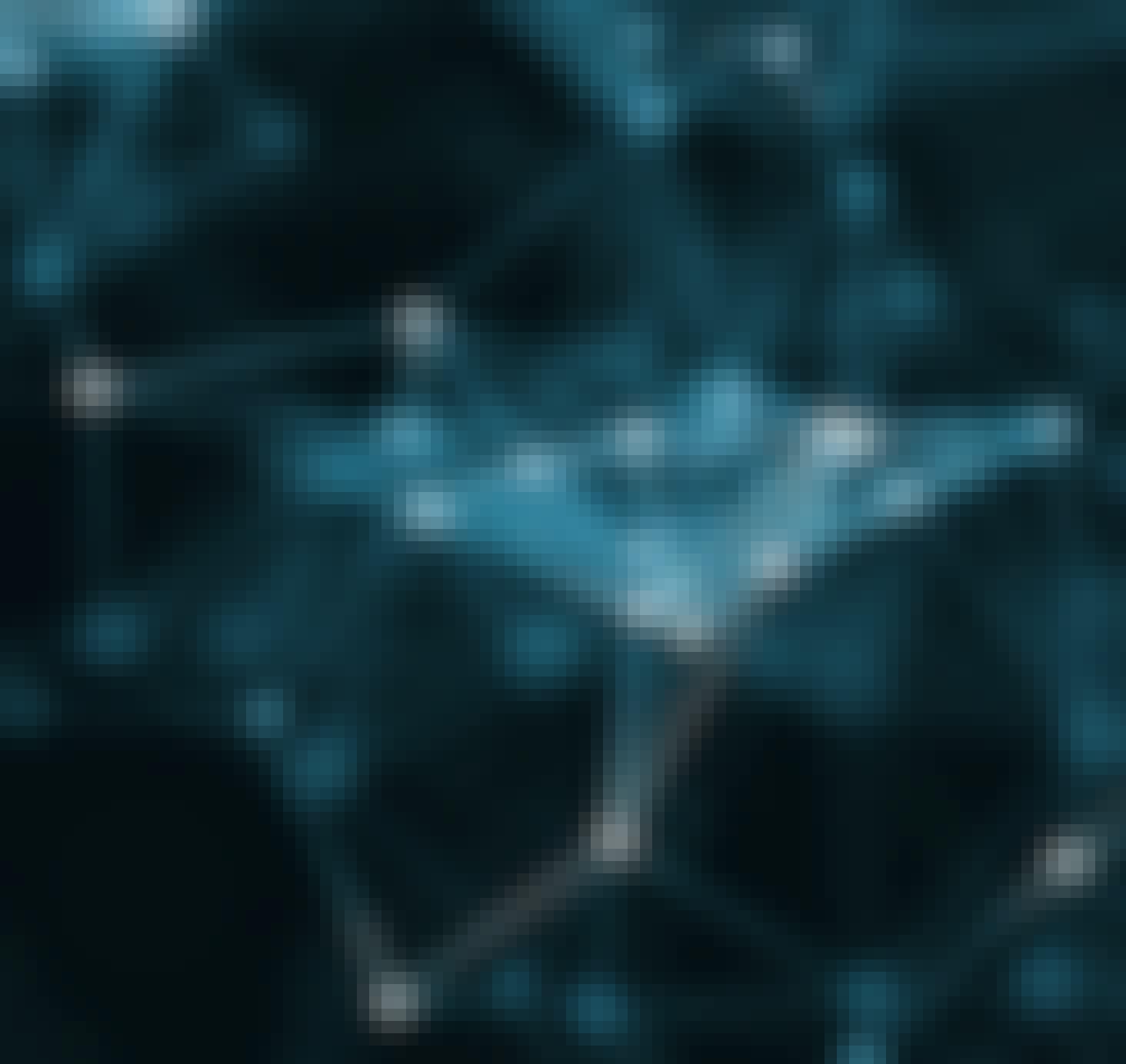- Browse
- Product Design
Product Design Courses
Product design courses can help you learn user research, prototyping, visual communication, and usability testing. You can build skills in creating user personas, conducting A/B testing, and iterating designs based on feedback. Many courses introduce tools like Sketch, Figma, and Adobe XD, that support crafting user interfaces and visual elements, as well as methods for collaborating with cross-functional teams to ensure designs meet user needs and business goals.
Popular Product Design Courses and Certifications
 Status: NewNewStatus: Free TrialFree TrialM
Status: NewNewStatus: Free TrialFree TrialMMicrosoft
Skills you'll gain: User Story, User Interface (UI), Usability, Design Thinking, User Interface (UI) Design, User Experience Design, Mockups, User Experience, Wireframing, Usability Testing, User Centered Design, Artificial Intelligence, Responsible AI, Prototyping, User Research
4.5·Rating, 4.5 out of 5 stars21 reviewsBeginner · Course · 1 - 3 Months
 Status: Free TrialFree TrialStatus: AI skillsAI skillsG
Status: Free TrialFree TrialStatus: AI skillsAI skillsGGoogle
Skills you'll gain: Responsive Web Design, Storyboarding, Wireframing, User Experience Design, UI/UX Research, Usability Testing, Information Architecture, Presentations, User Experience, User Research, Design Thinking, Figma (Design Software), Design Reviews, Web Content Accessibility Guidelines, User Story, Data Ethics, User Centered Design, Usability, Interviewing Skills, Professional Development
Build toward a degree
4.8·Rating, 4.8 out of 5 stars96K reviewsBeginner · Professional Certificate · 3 - 6 Months
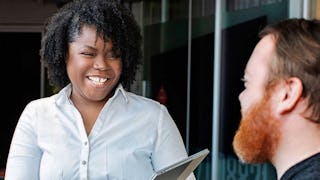 Status: Free TrialFree Trial
Status: Free TrialFree TrialSkills you'll gain: User Experience Design, User Research, Design Thinking, Usability, User Centered Design, User Interface (UI), Mockups, Prototyping, Sprint Retrospectives, Wireframing, Web Content Accessibility Guidelines, Sprint Planning
4.8·Rating, 4.8 out of 5 stars75K reviewsBeginner · Course · 1 - 4 Weeks
 Status: Free TrialFree TrialA
Status: Free TrialFree TrialAArizona State University
Skills you'll gain: Engineering Design Process, Engineering Drawings, Prototyping, Product Design, Product Development, Hardware Design, Research and Design, Design Specifications, Ideation, User Feedback
4.6·Rating, 4.6 out of 5 stars83 reviewsBeginner · Course · 1 - 4 Weeks
 Status: Free TrialFree TrialU
Status: Free TrialFree TrialUUniversity of Maryland, College Park
Skills you'll gain: Stakeholder Management, Product Management, Product Development, New Product Development, Wireframing, Financial Statements, Product Design, User Experience Design, Team Leadership, Prototyping, Competitive Analysis, Commercialization, Product Lifecycle Management, Financial Modeling, Value Propositions, Proposal Writing, Innovation, Target Market, Market Opportunities, Ideation
4.5·Rating, 4.5 out of 5 stars714 reviewsBeginner · Specialization · 3 - 6 Months

Skills you'll gain: Canva (Software), Design, Digital Design, Product Design, Graphic and Visual Design Software, Creative Design, Color Theory, Graphic Design, Intellectual Property, E-Commerce, Direct Selling, Digital Content, Digital Assets, Marketing, Marketing Materials
4.4·Rating, 4.4 out of 5 stars1.3K reviewsAdvanced · Guided Project · Less Than 2 Hours
What brings you to Coursera today?
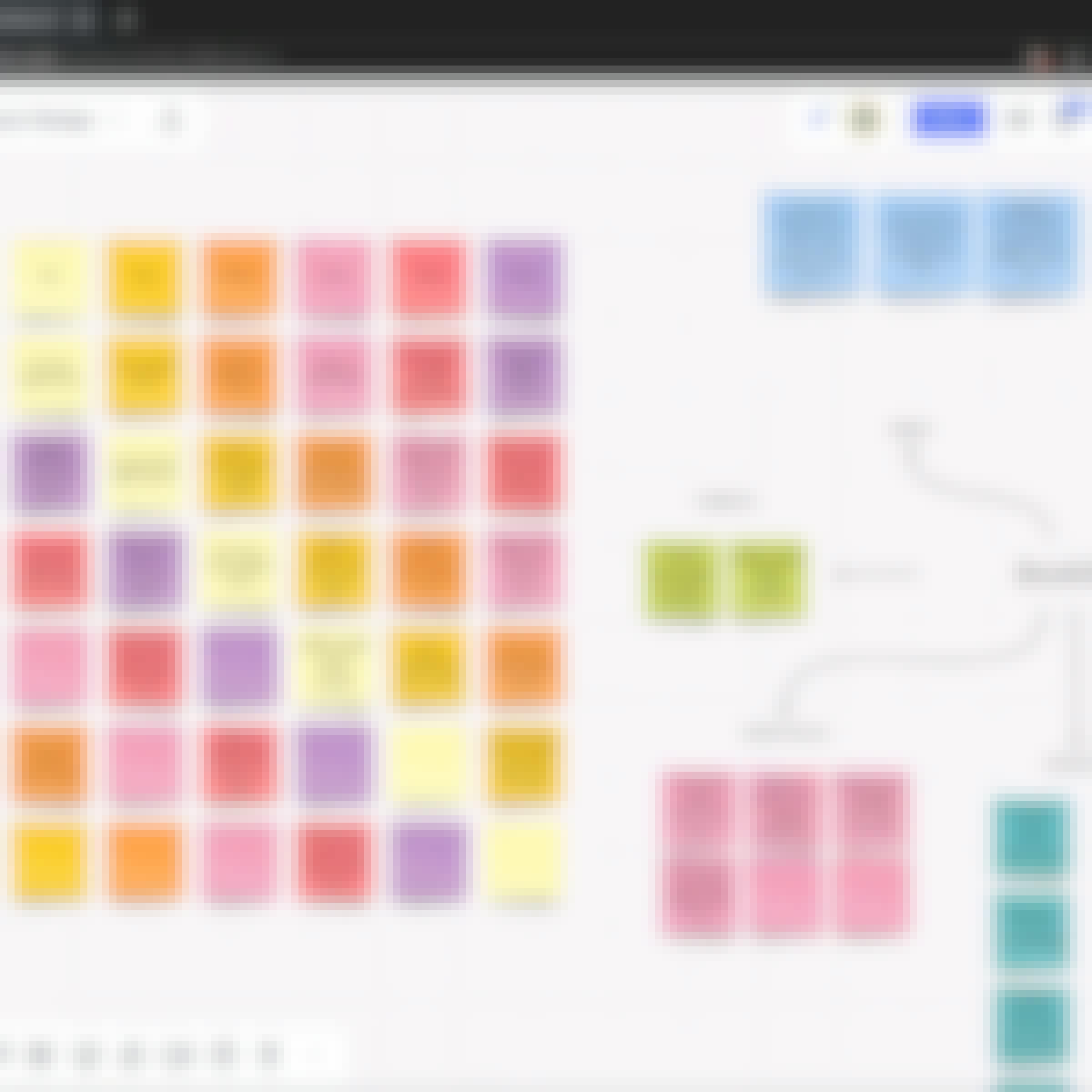
Skills you'll gain: Timelines, Brainstorming, Ideation, Product Design, Project Design, Design Thinking, Workflow Management, User Centered Design, Teamwork, Collaborative Software, Collaboration, Innovation
4.4·Rating, 4.4 out of 5 stars76 reviewsBeginner · Guided Project · Less Than 2 Hours
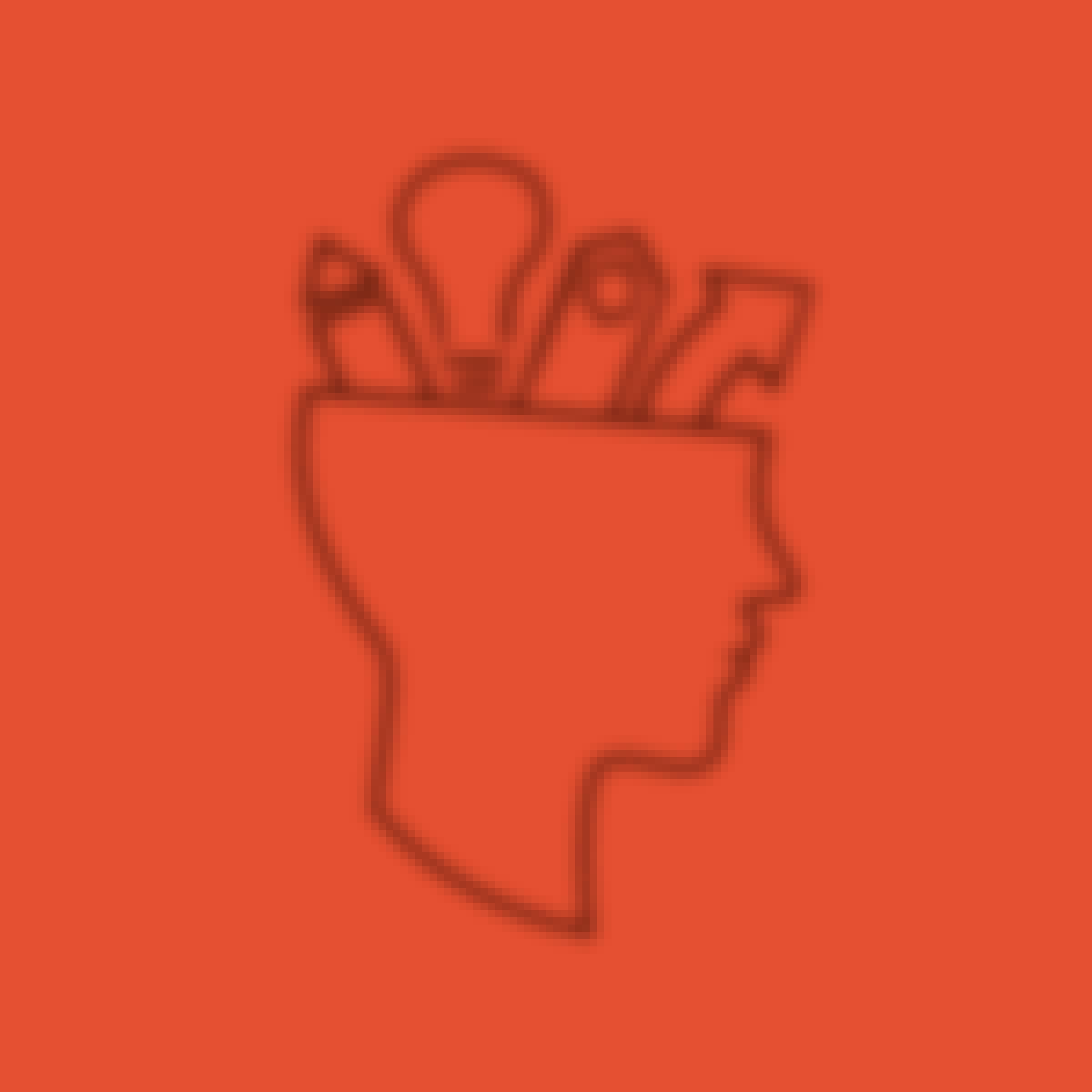 Status: PreviewPreviewT
Status: PreviewPreviewTThe University of Sydney
Skills you'll gain: Design Thinking, Human Centered Design, Innovation, Service Design, Prototyping, Ideation, Product Development, Design, Case Studies, User Feedback
4.7·Rating, 4.7 out of 5 stars2.3K reviewsBeginner · Course · 1 - 3 Months
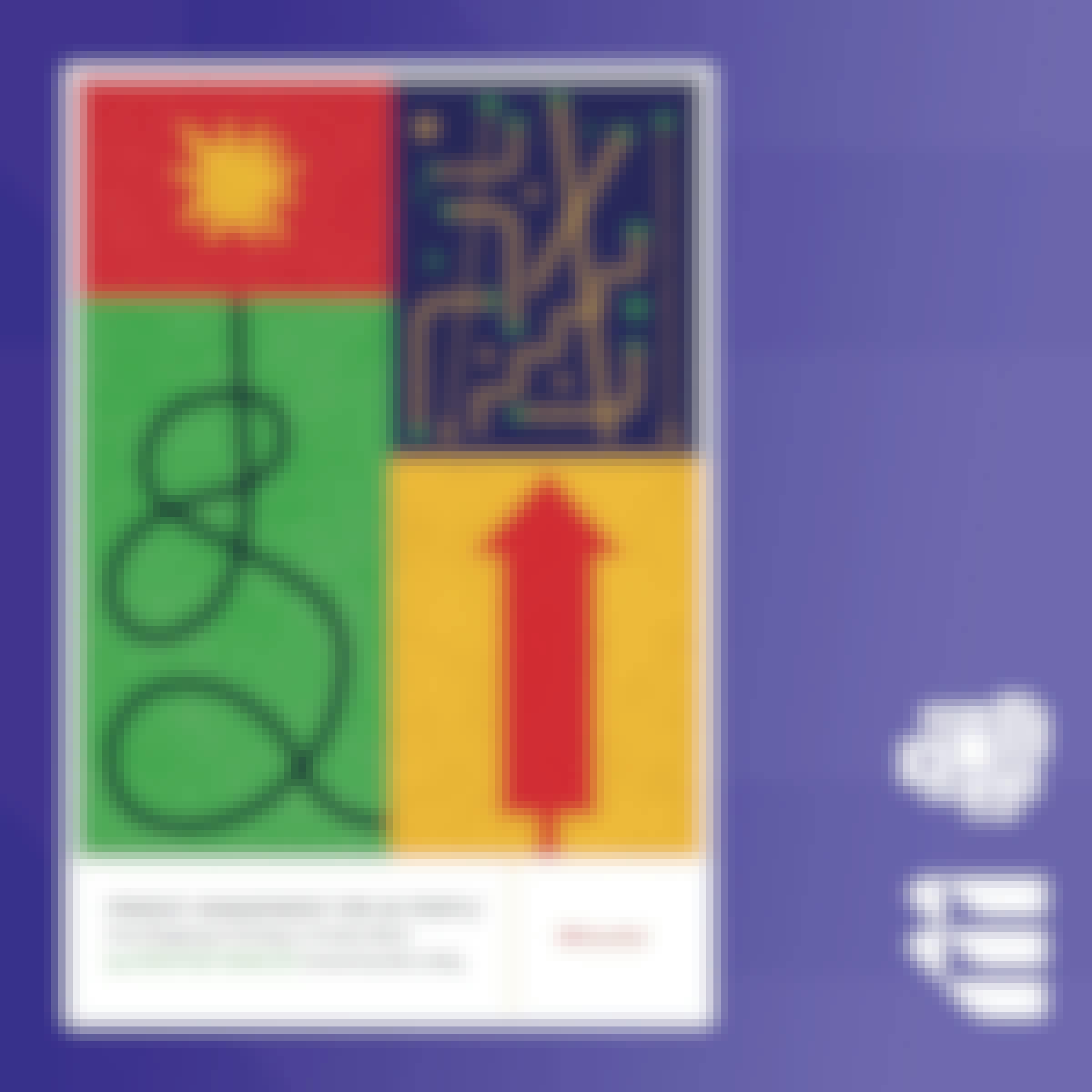 Status: NewNew
Status: NewNewSkills you'll gain: Product Management, Go To Market Strategy, Product Planning, User Experience, Market Analysis, Revenue Management, Product Lifecycle Management, UI/UX Strategy, Product Roadmaps, Product Design, Product Strategy, Sprint Retrospectives, User Interface and User Experience (UI/UX) Design, Marketing Analytics, Product Testing, Sprint Planning, A/B Testing, Driving engagement, Agile Methodology, Stakeholder Management
Intermediate · Course · 1 - 3 Months
 Status: Free TrialFree TrialStatus: AI skillsAI skillsM
Status: Free TrialFree TrialStatus: AI skillsAI skillsMMicrosoft
Skills you'll gain: Storyboarding, User Research, Information Architecture, User Experience Design, Design Thinking, Prototyping, Usability Testing, User Experience, Persona (User Experience), Wireframing, User Interface and User Experience (UI/UX) Design, Interaction Design, Web Content Accessibility Guidelines, Human Centered Design, Figma (Design Software), Usability, User Interface (UI) Design, User Centered Design, Design, Artificial Intelligence
4.6·Rating, 4.6 out of 5 stars572 reviewsBeginner · Professional Certificate · 3 - 6 Months
 Status: PreviewPreviewT
Status: PreviewPreviewTThe University of Sydney
Skills you'll gain: Design Thinking, Innovation, Business Modeling, Product Design, Product Development, Business Strategy, Strategic Communication, Market Research, Corporate Strategy, Case Studies, User Feedback, Product Testing, Customer Insights
4.6·Rating, 4.6 out of 5 stars1.3K reviewsIntermediate · Course · 1 - 3 Months
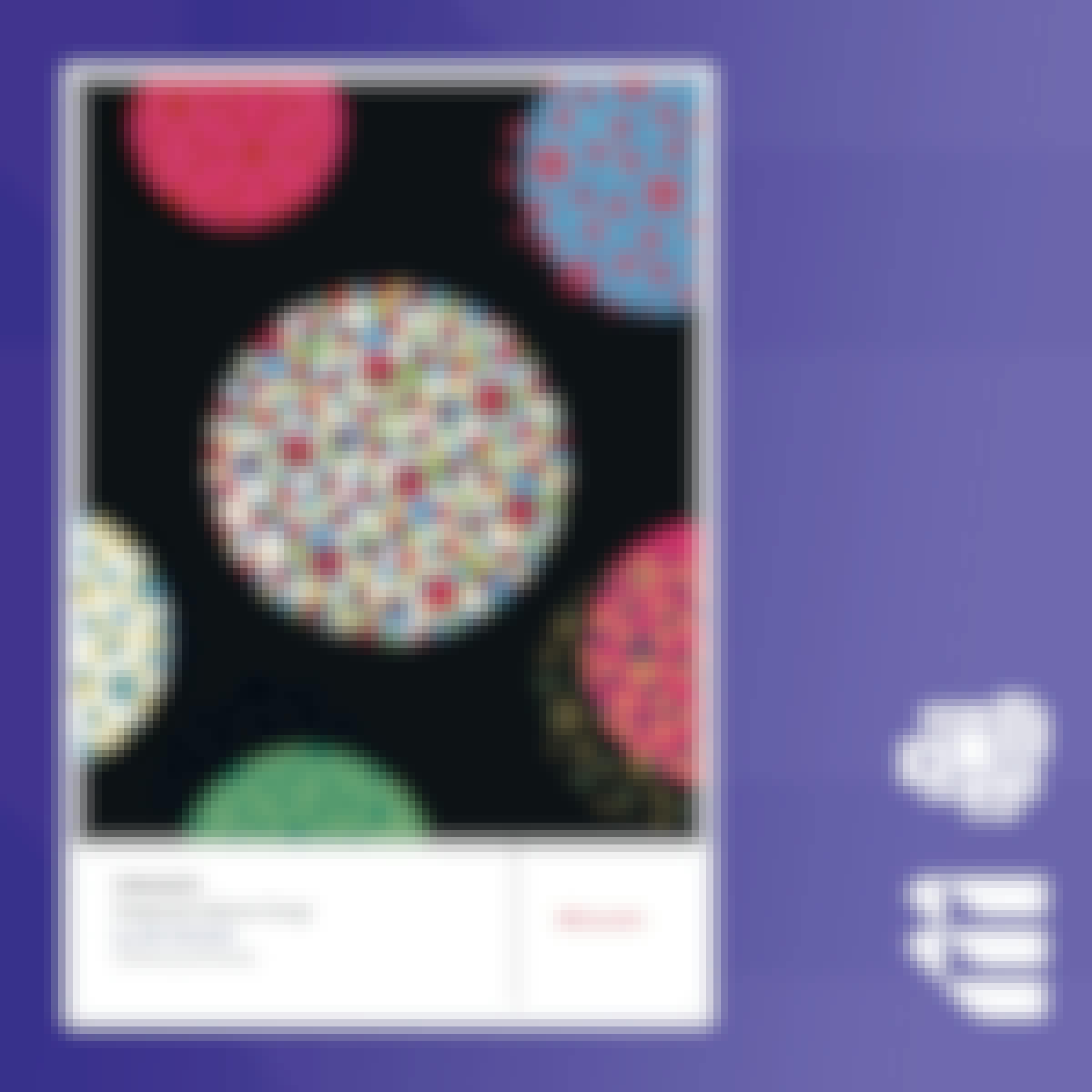 Status: NewNew
Status: NewNewSkills you'll gain: Decision Making, Driving engagement, Behavioral Economics, Human Factors, UI/UX Strategy, User Experience, Persona (User Experience), User Centered Design, User Experience Design, Usability Testing, Psychology, Experimentation, Design Strategies, Trustworthiness, Motivational Skills, Social Skills, Behavioral Management, Product Management, Ethical Standards And Conduct, Digital Marketing
Beginner · Course · 1 - 3 Months
Searches related to product design
In summary, here are 10 of our most popular product design courses
- Product Design and UX/UI Fundamentals: Microsoft
- Google UX Design: Google
- Foundations of User Experience (UX) Design: Google
- Engineering and Product Design Processes: Arizona State University
- Product Ideation, Design, and Management: University of Maryland, College Park
- Create and Design Digital Products using Canva: Coursera
- Create a Product Design Brainstorming with Miro: Coursera
- Innovation Through Design: Think, Make, Break, Repeat: The University of Sydney
- Product Management For UX People: Packt
- Microsoft UX Design: Microsoft
Frequently Asked Questions about Product Design
Browse the product design courses below—popular starting points on Coursera.
- Product Design and UX/UI Fundamentals: Microsoft
- Engineering and Product Design Processes: ASU
- Foundations of User Experience (UX) Design: Google
- Innovation Through Design: Think, Make, Break, Repeat: The University of Sydney
- Design-Led Strategy: Design thinking for business strategy and entrepreneurship: The University of Sydney
- Start the UX Design Process: Empathize, Define, and Ideate: Google
Yes. Many product design courses offer a free audit option. This allows learners to access video lectures and readings at no cost. To complete assignments or earn a certificate, you’ll need to upgrade or apply for financial aid.
You’ll learn how to identify user needs, generate design ideas, prototype solutions, and iterate based on feedback. Courses often cover user experience (UX), user interface (UI) design, product-market fit, design tools like Figma or Adobe XD, and collaboration with developers and stakeholders.
Not necessarily. Many Coursera courses are beginner-friendly and introduce design thinking and product development fundamentals step by step. For learners with experience, more advanced options explore interaction design, usability testing, and data-informed product decisions.



